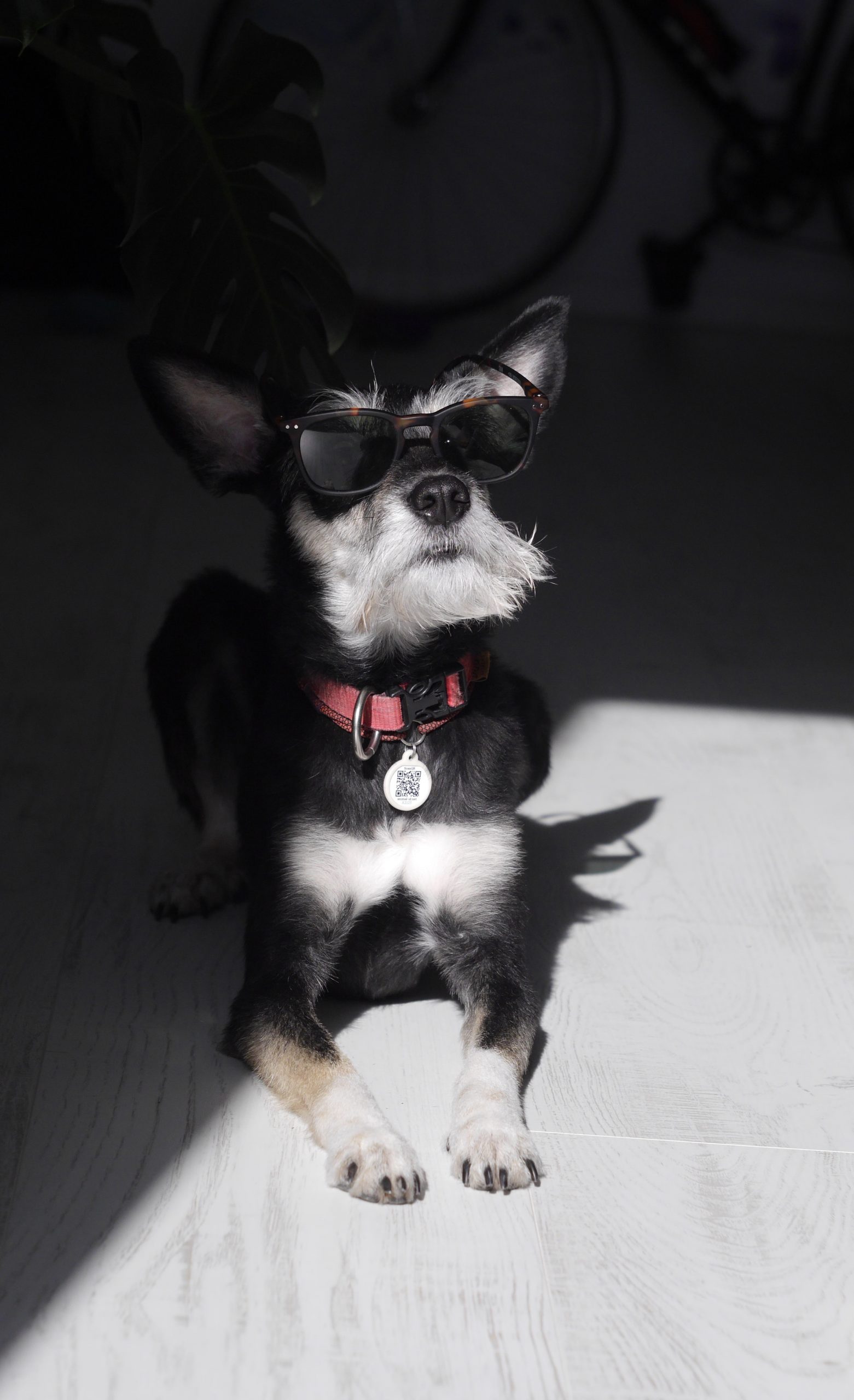
Protection
There are two essential attributes all sunglasses should have from the protective perspective: They should block out 99% or more of the sun’s UV-A (invisible long wavelength) and UV-B (invisible short wavelength) radiation, and they should cut visible light transmission (VLT) intensity by at least 75%. Many manufacturers of quality sunglasses specify how much VLT their lenses block, but not all do. Some may instead rank them by category, from zero (blocks about 20% or less) to four (blocks about 90%-plus). In most cases, category three is best for boaters, blocking between 80% and 90% VLT. But there’s no “official” international standard for these categories, so do your homework and check how a manufacturer defines them before purchasing.
Boaters should consider adding a third feature, polarization, as a matter of safety. Polarization in and of itself doesn’t offer your eyes additional protection, but its glare-reducing effect does help you see through the water more clearly. That means you’re more likely to spot things like sandbars, coral, or logs sitting just under the water’s surface. Anglers enjoy the added bonus of being able to better spot the fish they’re chasing. Polarization may make many LCD screens, including some chartplotters and fish finders, a bit more difficult to see when viewed from an angle. But the trade-off is worth it.